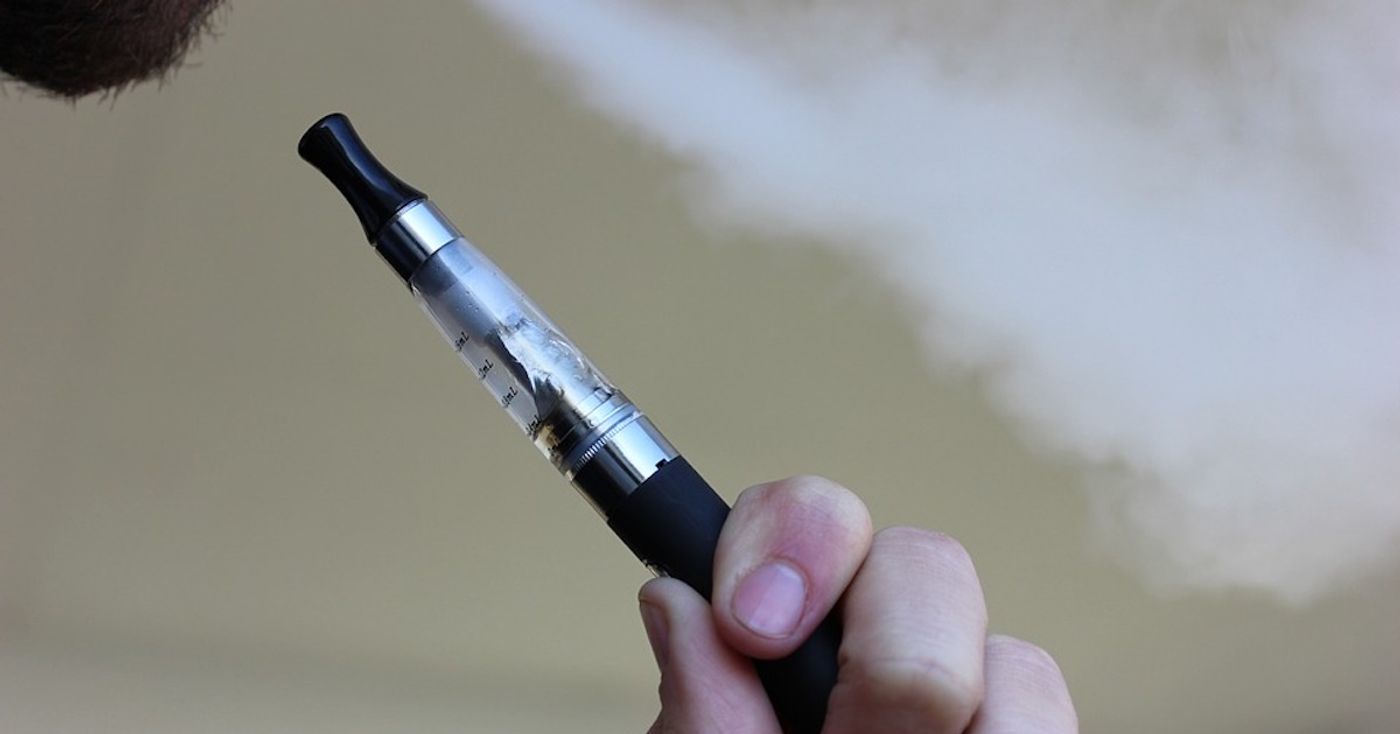E-cigarettes can Damage Neural Stem Cells
Stem cells are famous for being blank slates that can specialize into any cell type and are a critical part of development. But we carry some stem cells with us throughout life, including some in our brains. They help replenish cells that we need, but they are also very sensitive to stresses like toxins. Scientists at the University of California, Riverside have now found that electronic cigarettes, which are often marketed to younger people and pregnant women as a safer alternative to cigarettes, can cause neural stem cells to initiate a stress response.
The Centers for Disease Control and Prevention estimates that since 2016, 4 to 6 million units of e-cigarettes have been sold every year in the United States alone. E-cigarettes (ECs) aerosolize nicotine and other chemicals with heat, and there is still a lot we don't know about their physiological impact. This work used mouse neural stem cells grown in culture to show that exposure to Vuse-brand e-cigarettes triggered stress-induced mitochondrial hyperfusion (SIMH). In SIMH, mitochondria - the cell's powerhouses - form hyper fused networks in an attempt to prevent each other from degrading. The findings were reported in the open-access Cell Press journal iScience.
"SIMH is a protective, survival response," explained the research leader Prue Talbot, a professor in the Department of Molecular, Cell and Systems Biology. "Our data show that exposure of stem cells to e-liquids, aerosols, or nicotine produces a response that leads to SIMH."
"Although originally introduced as safer, ECs, such as Vuse and JUUL, are not harmless," said the first author of the work Dr. Atena Zahedi. "Even short-term exposure can stress cells in a manner that may lead, with chronic use, to cell death or disease. Our observations are likely to pertain to any product containing nicotine. The high levels of nicotine in ECs lead to a nicotine flooding of special receptors in the neural stem cell membrane. Nicotine binds to these receptors, causing them to open up. Calcium and other ions begin to enter the cell. Eventually, a calcium overload follows."
An excess of calcium in mitochondria can harm the organelles, causing them to swell, Zahedi noted. Their function is disrupted and they might break open and release molecules that can trigger cell death.
"If the nicotine stress persists, SIMH collapses, the neural stem cells get damaged and could eventually die," Zahedi explained. "If that happens, no more specialized cells - astrocytes and neurons, for example - can be produced from stem cells."
Damaged mitochondria may also accelerate aging or influence the development of neurodegenerative disease, added Zahedi. Nicotine can hit the neural stem cells as it moves through the olfactory system, and the fumes reach the brain.
This work may be especially important for pregnant women and kids, emphasized Talbot and Zahedi.
"Their brains are in a critical developmental stage," said Talbot, the director of the UCR Stem Cell Center. "Nicotine exposure during prenatal or adolescent development can affect the brain in multiple ways that may impair memory, learning, and cognition. Furthermore, addiction and dependence on nicotine in youth are pressing concerns. It's worth stressing that it is nicotine that is doing damage to neural stem cells and their mitochondria. We should be concerned about this, given that nicotine is now widely available in ECs and their refill fluids."
The video above from MD Anderson Cancer Center discusses the best ways to talk to kids about e-cigarettes.
Sources: AAAS/Eurekalert! via UC Riverside, iScience









